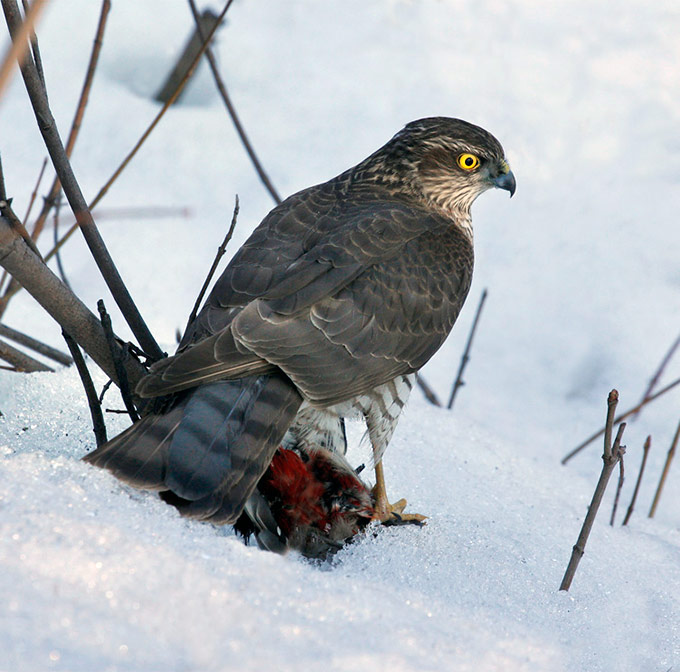The Khakass epics since ancient times tell us about the beauty of the wide-open space of the steppes, the pristine condition of steppe lakes, riches and the variety of Khakass nature. Since the most ancient times, birds – swans, ducks, cranes, geese – have flown to the lakes of Khakassia. Some types of birds travel further to the north, but most of them stay with us, build nests, and produce baby birds. These events have been occurring in the spring for many thousands of years because Khakassia is situated in the center of the Central-Asian migratory flyway.
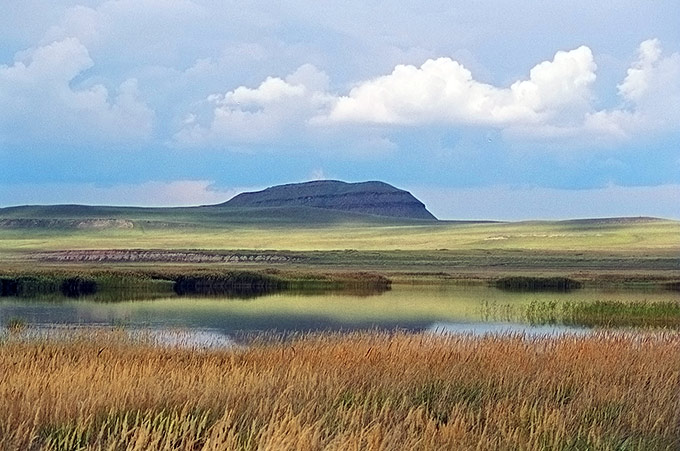
The Central-Asian flyway (or migratory route) crosses the territory of thirty countries, mainly continental, with wide, desert and semidesert spaces. During their flight, birds find a limited number of places suitable for rest stops. And such places are mainly, lakes, sand bars, creeks and wetlands. Many wetlands are located in regions with a high density of people and they are actively used by people for maintenance of their needs, without any concern for the interests and needs of birds of passage.
In the steppe part of Khakassia, there is a large quantity of lakes and small rivers covered by cane and reed coast – a real paradise for migratory birds. The most popular place for spring and autumn migrations is the lake Ulug-Kol and a scattering of small lakes nearby.

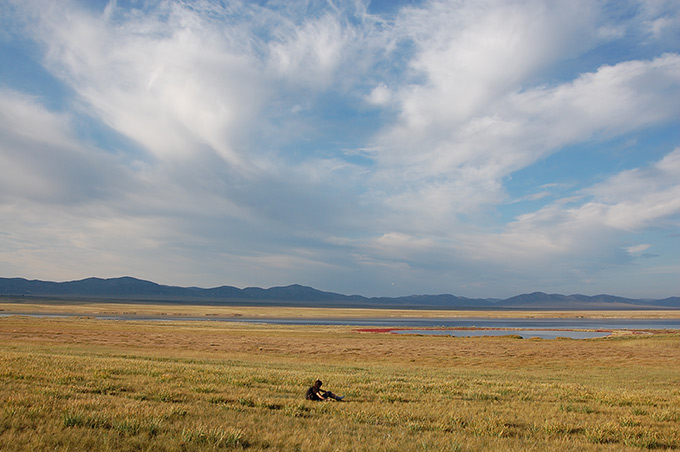
The Reserve "Khakassky" protects the wetlands of four lakes – Bele, Shira, Itkul and Ulug-Kol. In addition, in the space between rivers White Iyus and Black Iyus there is the unique, Podzaplotsky Bog – a big territory of the boggy valley of the River Kizilka. There is also a set of small, oxbow lakes throughout the bog, in varying degrees of plant recovery.
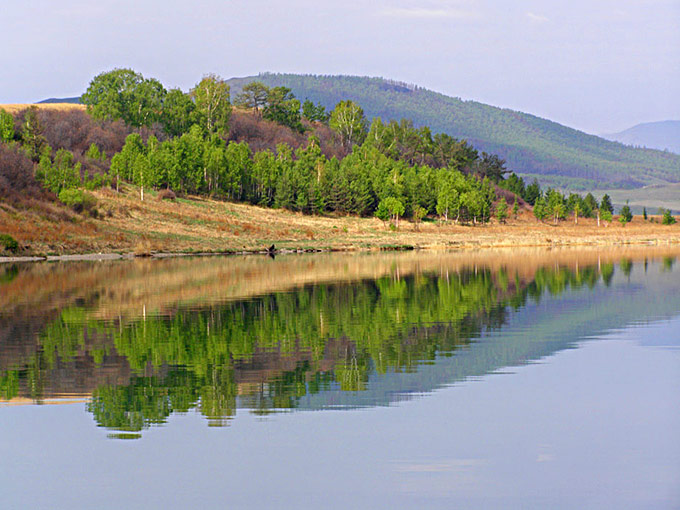
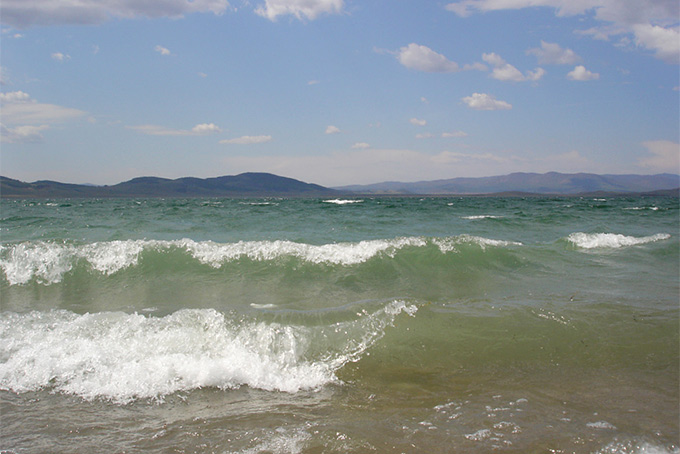
Now it is the time of spring migrations. As they have for many centuries, flights of swans, cranes, geese, ducks and Eurasian Oystercatchers fly to Khakassia. Dry cane thickets are filling with the sounds of bird life. The brightest and most appreciated visitors of our lakes, perhaps, are ruddy shellducks – large, bright-red ducks. They arrive early, at more or less the same time as mallards (or wild ducks), in the first, thawed patches and the first icy parts of the lakeshores. An interesting feature of these birds is that they build their nests far from water: in the holes of foxes, badgers, in niches and cracks of rocks, in heaps of stones or other shelters.
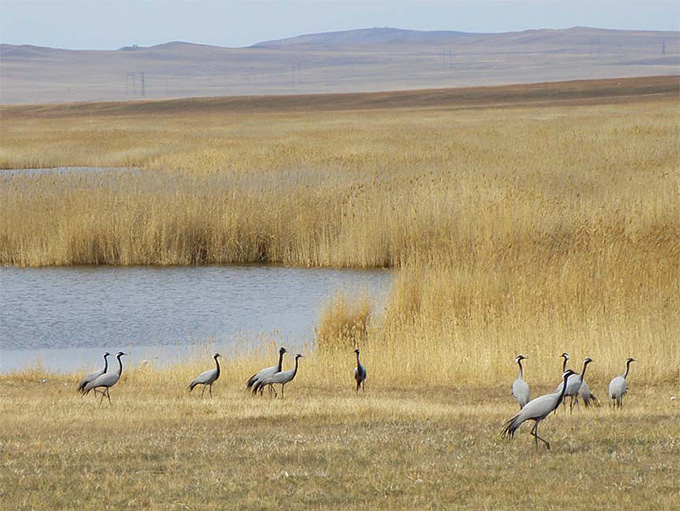
The most beautiful representative of the migratory birds is the crane. To Khakassia come two kinds of cranes – a grey crane and the Demoiselle crane. The Demoiselle crane is the smallest kind of crane; its weight is only 2-3 kg and it stands about 89 cm. In height unlike other kinds of cranes, Demoiselle cranes are less adapted to marshlands and they prefer to live in open areas. They actively feed and sometimes nest on arable and other agricultural grounds near water.
This year the spring migration season is unusually long. Birds continue to arrive even now at our lakes. The flocks of birds are small. On lake Ulug-Kol, the largest flock of swans is 100-120 individuals, and on Lake Itkul, flocks of waterfowls do not exceed 20-50 individuals. Among the Shirinsky Lakes, the greatest biodiversity is found on Lake Bele. The total species found on Bele on May, 7-8th, was no more than 20. On the boggy coast of this lake are the most numerous flocks of kinds of birds from the IUCN Red list.

Protection of wetlands is a hard business. The greatest threat to their well-being is from people. Other than illegal hunting, migratory birds have another, more terrible enemy – steppe fires. Burning out reed thickets, people deprive birds of their natural nesting spots and of food. Birds get tired from many days of flight, turning round and round over the burnt shores of lakes, then leave again, to search for adequate shores. And where they will find a suitable place is not known – and whether they will have the strength to persist.
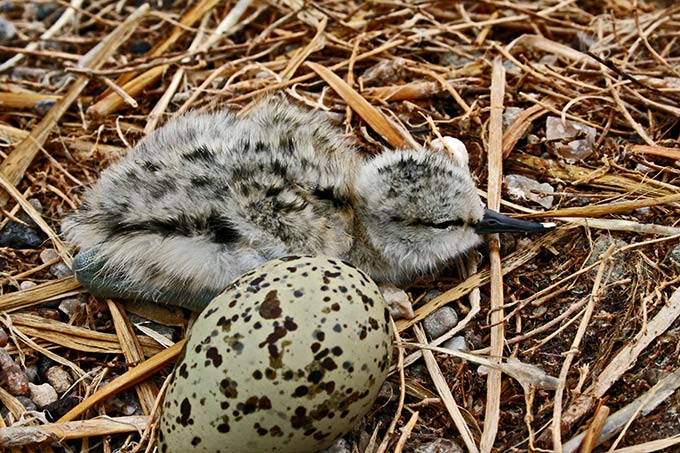
To save many thousands of migrating birds, the Reserve should take care, first of all, to prevent steppe fires on its lands. Since autumn of 2008, employees of the department of protection have taken a series of fire-prevention measures at steppe sites. Along the borders of sites there is double plowing, and the grass in the middle is mowed down. The general width of a fire-prevention strip in flat places reaches 3-4 metres. This protects reserved sites from agricultural burning which local residents practice. In addition, in the arsenal of the department of protection, there are fire extinguishing means – portable fire extinguishers and fire motor-pumps. If a strong wind blows flames across a fire-prevention strip, employees of the Reserve can quickly extinguish it. This method of protection from steppe fires yields results. Since 2008 in the Reserve territory, there was only one fire, at "Podzaploty". Thanks to the efforts of employees of the Reserve, the main assets of Khakass steppes – wetlands of lakes and the rivers – remain.
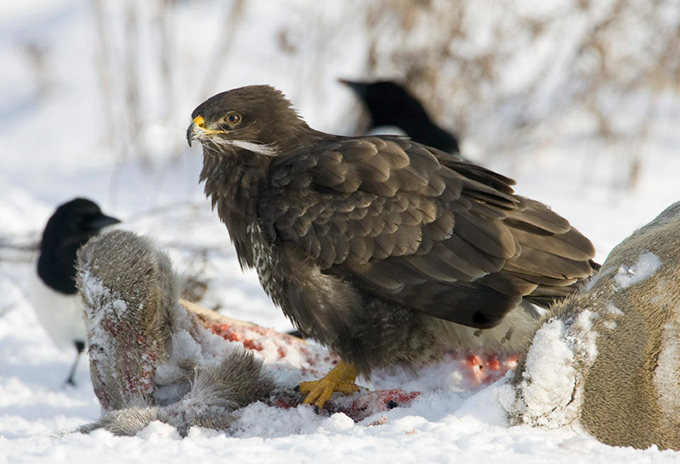
Birds are very mobile animals. Unlike plants, they are impossible to fence in or restrict with fire-prevention strips. Only a series of measures for preservation of their habitats will allow us to keep these beautiful fauna. Flying within a year from the north to the south and back, migrating birds visit many countries, interacting with the ecology of the whole world, rather than a single state. And protection of birds of passage depends on all countries along their flyways. In its small territory, the Reserve "Khakassky" tries to carry out the obligation to protect natural resources adequately. But without the aid of all inhabitants of the Earth, our efforts will not succeed. If people unthinkingly burn down reed thickets and practice annual grass burning, the thousand-year cycle of spring and autumn migrations can be interrupted. And the gradual disappearance from the steppe's open spaces of prairie grass, the wormwood, spring primroses and summer blooming plants, will occur – as well as gophers and many small animals. Only we can prevent these problems and very little effort is necessary to do the damage, such as setting fire to dry grass in spring and in autumn.
